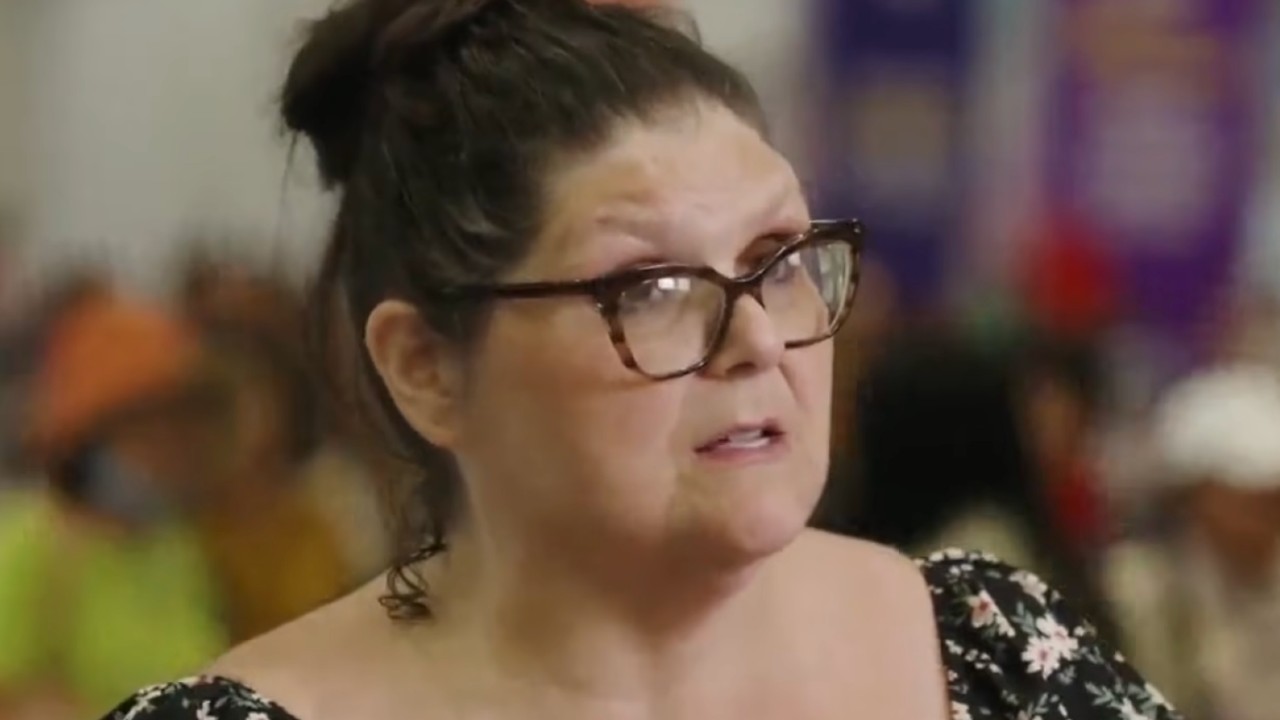How Breath Of The Wild Fits Into The Legend Of Zelda Timeline

Ever since the release of The Legend of Zelda: Breath of the Wild, gamers have been head-over-heels with trying to figure out the timeline and placement of Breath of the Wild within the Legend of Zelda universe. Some believed it took place well before some of the other games, others believed it took place well after all of the other games, and some felt it was in a completely different universe. In a way, the last two groups are definitely right, but it's not quite as simple as that. Recently, executive producer Eiji Aonuma finally explained how Breath of the Wild fits into the Legend of Zelda timeline and exactly where in the universe it aligns with all of the other titles that have come out in previous generations.
Speaking with Famitsu [via Siliconera], Eiji Aonuma explained that Breath of the Wild takes place after every other Legend of Zelda game, and chronologically this definitely makes sense given the events that happen in the game. However, Aonuma and game director Hidemaro Fujibayashi also explained that the game doesn't align with any existing timeline of The Legend of Zelda, with Fujibayashi quipping...
That's... up to the player's imagination, isn't it?
Eiji Aonuma went on to further clarify that the history of Hyrule changes over time, and that the creative team comes up with new and interesting ideas, some of which requires them to rearrange the placement of the games or the timelines and to tweak the events that unravel in the story.
This also led to Hidemaro Fujibayashi explaining that the team came up with a new term called "New Translation," which refers to the team coming up with new information to add or expand on the timeline.
This makes a lot of sense given that some of the games have wildly different timelines and events, such as the Wind Waker spinoff, or the Twilight Princess outing. Trying to fit all of that into a logical, neat little chronological basket could be daunting, if not improbably difficult.
It's probably why Nintendo avoids trying to go for numerical releases or canonical tie-ins and instead focuses on building out the game based around the ideas of the creators so that fans of Legend of Zelda have fun.
Even still, most people assumed that the apocalyptic-style events of Breath of the Wild most readily placed it at the very end of the timeline. The entire post-game story hinted at rebuilding the world absolutely devastated by Calamity Ganon. In fact, the entirety of the story centers around what happens when the main villain wins after killing everyone. It's kind of a dark premise when you think about it outside of the bright and happy visuals present in the game.
Your Daily Blend of Entertainment News
There were also some concept art that was released showing the different iterations of Link that Nintendo toyed with for Legend of Zelda: Breath of the Wild, a few of which showed the main protagonist with a missing arm and long white hair, indicating that he was older and the damage from having lost/died during Ganon's attack left a permanent toll on the elfling after he was revived at the temple of resurrection. It would have been a dead giveaway that Breath of the Wild was at the very end of the timeline had it been an older Link with a missing arm. However, having Link look young (despite having been in the temple for 100 years) did help to muddy the presentation of the timeline, and let people come up with their own theories about where Breath of the Wild fit.
It's all a fascinating discussion for one of the most popular video game franchises in the world. According to Eiji Aonuma, the team is also already hard at work on some new ideas for the next entry in the series.
Staff Writer at CinemaBlend.

